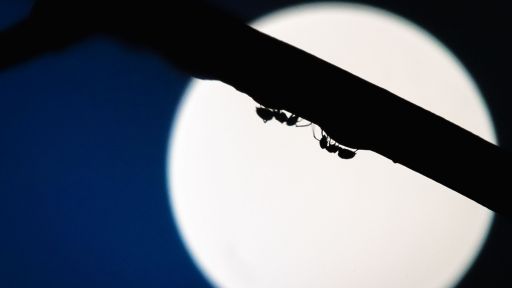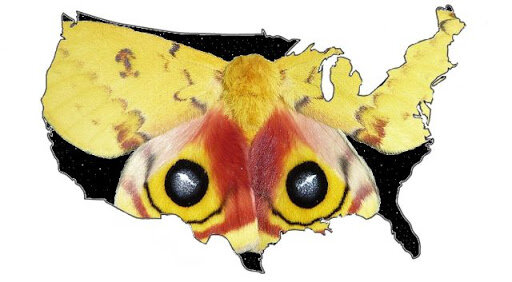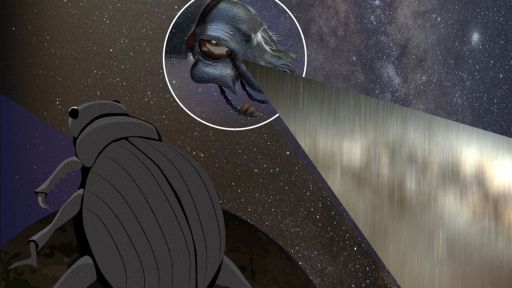
My Garden of a Thousand Bees
In the "bee highway," male bees search for female bees to mate with. When this male bee spots a female, he becomes transfixed and does a bit of a dance.
WATCH CLIP
In the "bee highway," male bees search for female bees to mate with. When this male bee spots a female, he becomes transfixed and does a bit of a dance.
WATCH CLIP
Bumblebee: any of over 250 species in the genus Bombus. Kingdom: | Animalia Phylum: | Arthropoda Class: | Insecta Order: | Hymenoptera Family: | Apidae Genus: | Bombus There are over 250 species of bumblebees. They fall in the genus Bombus and are part of ...

It’s not what you think. In an age of climate change and widespread environmental angst, with new threats like murder hornets making headlines, the title of this essay might come across as some sort of death notice. After all, many insect populations are indeed declining, ...

Each week, we feature a worthy citizen science project or nature news segment from around the world. This week, in recognition of National Moth Week (July 18-26), we've chosen to highlight its namesake project. Participants can contribute data that will help map moth distribution and ...

From birds, to bees, insect to mammals, plant pollination is serious work. Here are some of the other supporting species that make it happen.

Nearly all caterpillars are herbivores, but not this one. Caterpillars on the islands of Hawaii have evolved with claws that are more suited to catching live prey. Watch the clever way they attack their meals.
WATCH CLIP
This animated infographic looks at how the dung beetle navigates in both daytime and nighttime hours, moving its dung ball in a straight line in an effort to avoid other male beetles that might try to steal the precious resource.

Migrating from South Africa, a flock of Sand Martins feed on mayflies along the river banks of Hungary. The insects provide an abundance of food for the large populations of birds nesting near the water. In this scene from EARTHFLIGHT: Europe, Sand Martins glide just ...

Researchers from the University of Helsinki may be on the trail to the answer to an age- old question: why do dogs chase their tails?